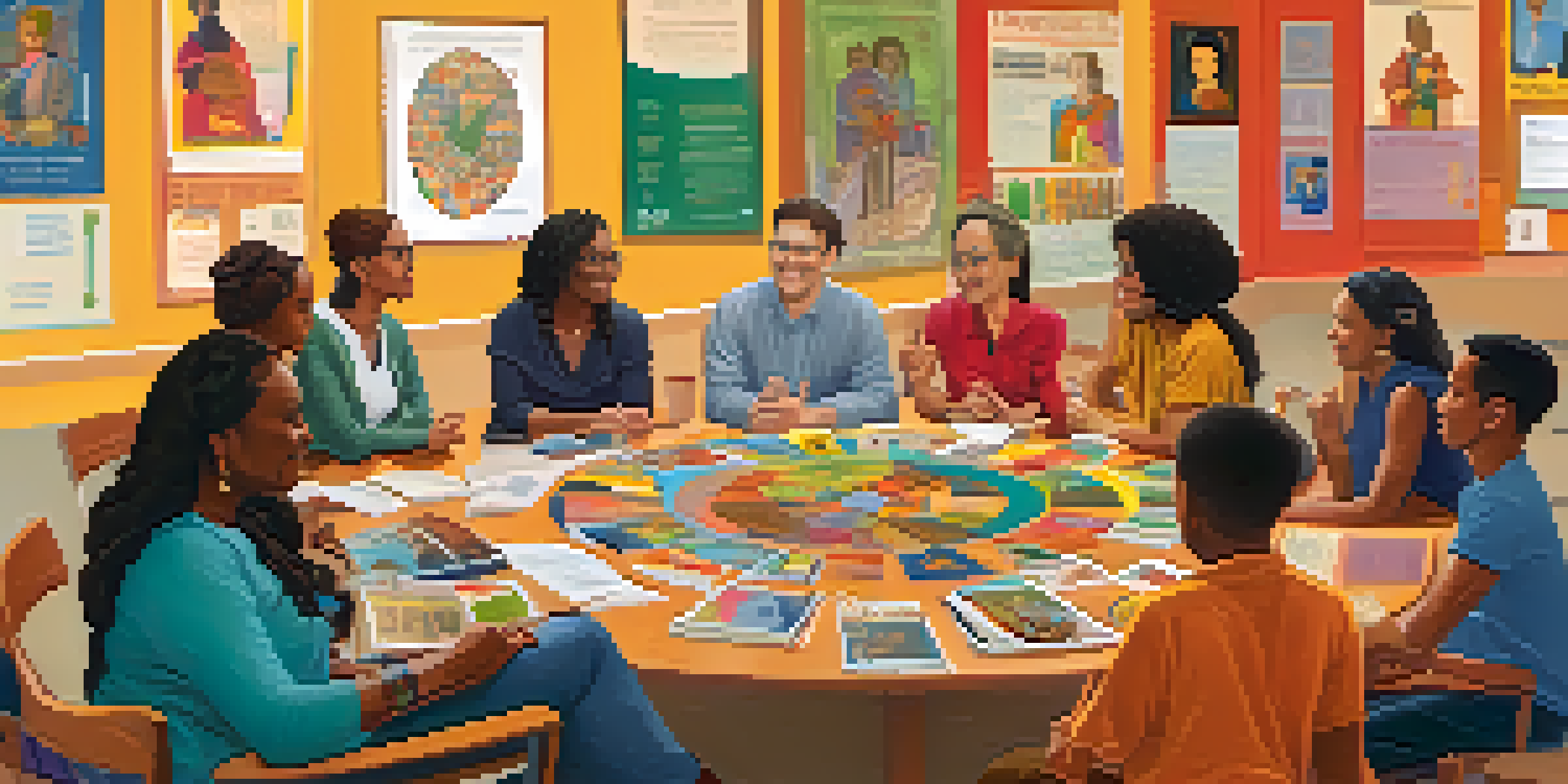Cultural Humility: A Key Component of Responsive Teaching

Understanding Cultural Humility in Education
Cultural humility goes beyond mere cultural competence; it emphasizes a lifelong commitment to learning about and understanding different cultures. In the context of education, it involves recognizing the power dynamics between teachers and students, especially those from diverse backgrounds. By adopting a humble approach, educators can foster a more inclusive environment that values each student's unique experiences and perspectives.
The Importance of Self-Reflection
Self-reflection is a crucial aspect of cultural humility. Educators must consistently examine their own biases and assumptions, which can affect their teaching and interactions with students. By understanding their own cultural identities, teachers can better appreciate the backgrounds of their students, leading to a more empathetic and informed teaching approach.
Cultural Humility Enhances Education
Adopting cultural humility allows educators to create a more inclusive environment that values diverse student experiences.
Building Trust Through Open Communication
Open communication is key to establishing trust between educators and students. When teachers demonstrate a willingness to listen and learn from their students' experiences, it encourages a supportive atmosphere. This two-way dialogue not only enhances the teacher-student relationship but also allows for a richer educational experience where students feel valued.
Creating Culturally Relevant Curriculum
A culturally humble approach encourages educators to integrate culturally relevant materials into their curriculum. This means including diverse perspectives and voices that reflect the backgrounds of all students. By doing so, teachers can create lessons that resonate more deeply with learners, making education more engaging and meaningful.
Self-Reflection is Essential
Educators must engage in self-reflection to recognize their biases, which helps foster empathy and understanding in their teaching.
Responsive Teaching Techniques
Responsive teaching techniques are those that adapt to the unique needs of students. Educators who practice cultural humility are more equipped to identify and implement these techniques. This approach allows teachers to modify their methods based on student feedback and cultural contexts, ultimately enhancing the learning experience.
Challenges of Cultural Humility in Teaching
While cultural humility is essential, it does come with challenges. Educators may face resistance from colleagues or institutional frameworks that prioritize traditional teaching methods. However, overcoming these obstacles is vital, as the benefits of cultural humility far outweigh the difficulties, leading to a more inclusive educational environment.
Open Communication Builds Trust
Establishing open communication between educators and students encourages a supportive atmosphere, enhancing the overall educational experience.
The Role of Professional Development
Professional development plays a significant role in fostering cultural humility among educators. Workshops and training sessions focused on diversity and inclusion can equip teachers with the skills necessary to implement culturally responsive practices. Continuous learning in this area helps educators stay current with effective strategies to engage all students.
The Future of Education and Cultural Humility
As classrooms become increasingly diverse, the need for cultural humility will continue to grow. Future educators must be prepared to embrace this concept to create learning environments that support every student. By prioritizing cultural humility, the education system can evolve to be more equitable, ensuring all learners have the opportunity to thrive.